Install the app
How to install the app on iOS
Follow along with the video below to see how to install our site as a web app on your home screen.
Note: This feature may not be available in some browsers.
You are using an out of date browser. It may not display this or other websites correctly.
You should upgrade or use an alternative browser.
You should upgrade or use an alternative browser.
IL IL - Chicago Tylenol Murders: 7 people dead from cyanide poisoning, 1982
- Thread starter samhoney
- Start date
New Posts
-
IA IA - David Schultz, 53, Wall Lake, 21 November 2023 #3
- Latest: Frostysucker
The Generation Why Podcast: The Tylenol Murders - 353 on ...
https://podcasts.apple.com › podcast › the-tylenol-murders-353
Tainted Tylenol bottles kill a number of people before anyone catches on.
https://podcasts.apple.com › podcast › the-tylenol-murders-353
Tainted Tylenol bottles kill a number of people before anyone catches on.
lonewanderer
Well-Known Member
- Joined
- May 15, 2020
- Messages
- 917
- Reaction score
- 5,754
Ok, I would like to propose two alternate theories.
Sure, maybe it could be far fetched, but hang in there with me.
1) The sick loved one: Suppose the bottles were placed strategically in these areas based on a loved one who consistently needed pain relief medication. The bottles are placed, and the person looking to administrator (their version of) mercy tells the loved one that they will go get them some more Tylenol, don't worry. The mercy person goes to the nearest store to find the bottle they placed earlier. Sick loved one takes the pills, and is now in peace. BUT! The mercy person now hears about the poisonings, and is so heartbroken by their actions and guilt that they cannot come forward.
*For additional tragic theory, all of the bottles have now been purchased and the mercy giver has now caused massive problems.
2) Intended target: Yes, I have read and heard this theory, but the proposers of this theory could never seem to make sense of it. After all, what are the chances that the particular person you want to kill will buy that particular brand, particular version, and particular bottle off of a particular shelf?
Well, maybe that was not the intention, maybe the intention was to distract attention away from a murderous plot. What do most people die over? Money and love (this is very broad, as drugs, sex, and revenge are all subplots).
Suppose a rich old man took out a massive life insurance policy that would make someone very rich. A wife, a son, whomever. Alternately, imagine an abusive husband that a wife cannot escape.
Now, imagine the bottles where placed on the shelf, and the intended target was killed before the announcement of multiple deaths. (This could be done by killing the target first and their death appearing to be natural causes, then placing the bottles. Or placing all of the bottles on the shelf shortly before killing the intended target). What is the point of all this? The target is killed in what looks like natural causes, and the attention focused on the Tylenol deaths completely distracts everyone from the murder, PLUS, if the murder was discovered as a plot, it is now easy to say "oh darn he/she must have been a victim of that pesky old Tylenol poisoning".
These theories are not necessarily theories I believe, but I wanted to try thinking about outside perspectives regarding this issue.
Sure, maybe it could be far fetched, but hang in there with me.
1) The sick loved one: Suppose the bottles were placed strategically in these areas based on a loved one who consistently needed pain relief medication. The bottles are placed, and the person looking to administrator (their version of) mercy tells the loved one that they will go get them some more Tylenol, don't worry. The mercy person goes to the nearest store to find the bottle they placed earlier. Sick loved one takes the pills, and is now in peace. BUT! The mercy person now hears about the poisonings, and is so heartbroken by their actions and guilt that they cannot come forward.
*For additional tragic theory, all of the bottles have now been purchased and the mercy giver has now caused massive problems.
2) Intended target: Yes, I have read and heard this theory, but the proposers of this theory could never seem to make sense of it. After all, what are the chances that the particular person you want to kill will buy that particular brand, particular version, and particular bottle off of a particular shelf?
Well, maybe that was not the intention, maybe the intention was to distract attention away from a murderous plot. What do most people die over? Money and love (this is very broad, as drugs, sex, and revenge are all subplots).
Suppose a rich old man took out a massive life insurance policy that would make someone very rich. A wife, a son, whomever. Alternately, imagine an abusive husband that a wife cannot escape.
Now, imagine the bottles where placed on the shelf, and the intended target was killed before the announcement of multiple deaths. (This could be done by killing the target first and their death appearing to be natural causes, then placing the bottles. Or placing all of the bottles on the shelf shortly before killing the intended target). What is the point of all this? The target is killed in what looks like natural causes, and the attention focused on the Tylenol deaths completely distracts everyone from the murder, PLUS, if the murder was discovered as a plot, it is now easy to say "oh darn he/she must have been a victim of that pesky old Tylenol poisoning".
These theories are not necessarily theories I believe, but I wanted to try thinking about outside perspectives regarding this issue.
CocoChanel
Retired WS Staff
- Joined
- Aug 22, 2009
- Messages
- 7,331
- Reaction score
- 28,148
Merging triplicate threads into this one.....
Last edited:
The possibility of using the mass killing to coverup a specific planned murder was definitely considered my Law Enforcement. All of the victims and their families we're thoroughly investigated. The victim that aroused the most suspicion was Lynne Reinner. There were some anomalies about her case and it never established with certainty, where she got the fatal Tylenol. Ultimately, that was pretty well ruled out.
If it was either a random act of terror or an attack at Johnson & Johnson, it is strange that no letter was sent. A letter threatening more attacks would certainly enhance the impact, whatever the motive.
My own wild *advertiser censored* guess is that there was more to this scheme planned that was not carried out for some reason; possibly because the cyanide- Tylenol link was discovered so quickly. If this was some incomplete aborted plan, it would be that much harder to ascertain motive and otherwise identify the perpetrator.
If it was either a random act of terror or an attack at Johnson & Johnson, it is strange that no letter was sent. A letter threatening more attacks would certainly enhance the impact, whatever the motive.
My own wild *advertiser censored* guess is that there was more to this scheme planned that was not carried out for some reason; possibly because the cyanide- Tylenol link was discovered so quickly. If this was some incomplete aborted plan, it would be that much harder to ascertain motive and otherwise identify the perpetrator.
CastlesBurning
Well-Known Member
- Joined
- Jan 9, 2009
- Messages
- 6,566
- Reaction score
- 11,149
BEWARE: These 50 Strangest Unsolved Mysteries of All Time Are Seriously Spooky!
9. Chicago Tylenol Murders
On September 29, 1982, 7 people in the Chicago area ingested poisoned Tylenol pills, consequently collapsing and dying shortly after. The 7 victims included: 12-year-old Mary Kellerman, 27-year-old Mary Reiner, 31-year-old Mary McFarland, 35-year-old Paula Prince, 27-year-old Adam Janus, 25-year-old Stanley Janus, and 19-year-old Theresa Janus. Adam Janus ingested a Tylenol and died at the hospital. When the family came back to mourn, Stanley Janus and his wife Theresa took a Tylenol and died, making it three deaths in the same family on the same day. However, this tragedy is what led investigators to connect the dots.
Cook County investigator, Nick Pishos, compared the Janus’s Tylenol bottle to Mary Kellerman’s and noticed they had one similarity, a control number: MC2880. Deputy medical examiner, Edmund Donoghue asked Pishos to smell the bottles and Pishos replied that they both smelled like almonds. The poison cyanide is known to smell like bitter almonds which, in large amounts, can cause seizures, cardiac arrest, and respiratory failure. The blood tests on all of the victims showed that they had taken a dose 100-1000 times the lethal amount.
Donoghue spoke to an attorney from Johnson & Johnson, Tylenol’s parent company, and after all the victims were buried on October 1, 1982, that the Tylenol bottles were intentionally poisoned with potassium cyanide. Immediately, over 31 million bottles of Tylenol were recalled by the manufacturer and were issued warnings. They also offered to replace recalled bottles with new bottles and offered a $100,000 reward to anyone who may have any information on the perpetrator. These precautions cost the company over $100,000,000.
There were several more copycat deaths across the United States after the initial incident had occurred. This led to the invention of safety seals that you see on medicine bottles today. To this day, no suspect has ever been charged or convicted of the poisonings.
9. Chicago Tylenol Murders
On September 29, 1982, 7 people in the Chicago area ingested poisoned Tylenol pills, consequently collapsing and dying shortly after. The 7 victims included: 12-year-old Mary Kellerman, 27-year-old Mary Reiner, 31-year-old Mary McFarland, 35-year-old Paula Prince, 27-year-old Adam Janus, 25-year-old Stanley Janus, and 19-year-old Theresa Janus. Adam Janus ingested a Tylenol and died at the hospital. When the family came back to mourn, Stanley Janus and his wife Theresa took a Tylenol and died, making it three deaths in the same family on the same day. However, this tragedy is what led investigators to connect the dots.
Cook County investigator, Nick Pishos, compared the Janus’s Tylenol bottle to Mary Kellerman’s and noticed they had one similarity, a control number: MC2880. Deputy medical examiner, Edmund Donoghue asked Pishos to smell the bottles and Pishos replied that they both smelled like almonds. The poison cyanide is known to smell like bitter almonds which, in large amounts, can cause seizures, cardiac arrest, and respiratory failure. The blood tests on all of the victims showed that they had taken a dose 100-1000 times the lethal amount.
Donoghue spoke to an attorney from Johnson & Johnson, Tylenol’s parent company, and after all the victims were buried on October 1, 1982, that the Tylenol bottles were intentionally poisoned with potassium cyanide. Immediately, over 31 million bottles of Tylenol were recalled by the manufacturer and were issued warnings. They also offered to replace recalled bottles with new bottles and offered a $100,000 reward to anyone who may have any information on the perpetrator. These precautions cost the company over $100,000,000.
There were several more copycat deaths across the United States after the initial incident had occurred. This led to the invention of safety seals that you see on medicine bottles today. To this day, no suspect has ever been charged or convicted of the poisonings.
DrQ
Curiosity Chromosome in DNA
- Joined
- Sep 7, 2015
- Messages
- 379
- Reaction score
- 2,399
I think of this case often when I am struggling to open a bottle of OTC medication. Rather than cuss I remember that 7 people tragically died from this unsolved crime. IMHO when assessing a criminal activity, I find that it is generally the simplest of plans that work. The more moving parts...the more potential mistakes.
sds71
Well-Known Member
- Joined
- Aug 13, 2013
- Messages
- 13,117
- Reaction score
- 143,365
As the 40th anniversary of the 1982 Tylenol murders approaches, investigators are working with prosecutors on a now-or-maybe-never effort to hold a longtime suspect responsible for the poisonings that killed seven people in the Chicago area, the Tribune has learned.
This summer’s meetings mark the latest effort to pin the unsolved killings on James W. Lewis, a former Chicago resident who was convicted years ago of trying to extort $1 million from Johnson & Johnson amid a worldwide panic that arose after the victims took cyanide-laced capsules.
Investigators traveled to the Boston area this week to try to interview Lewis, multiple sources said. It was unclear Wednesday evening whether any conversations took place.
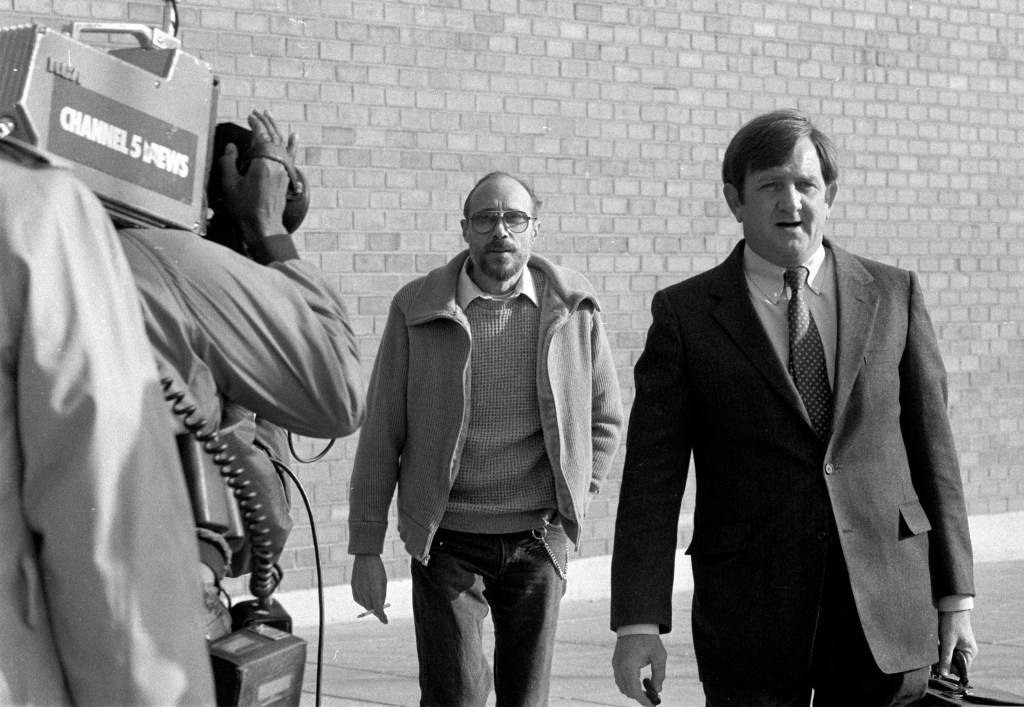
 www.chicagotribune.com
www.chicagotribune.com
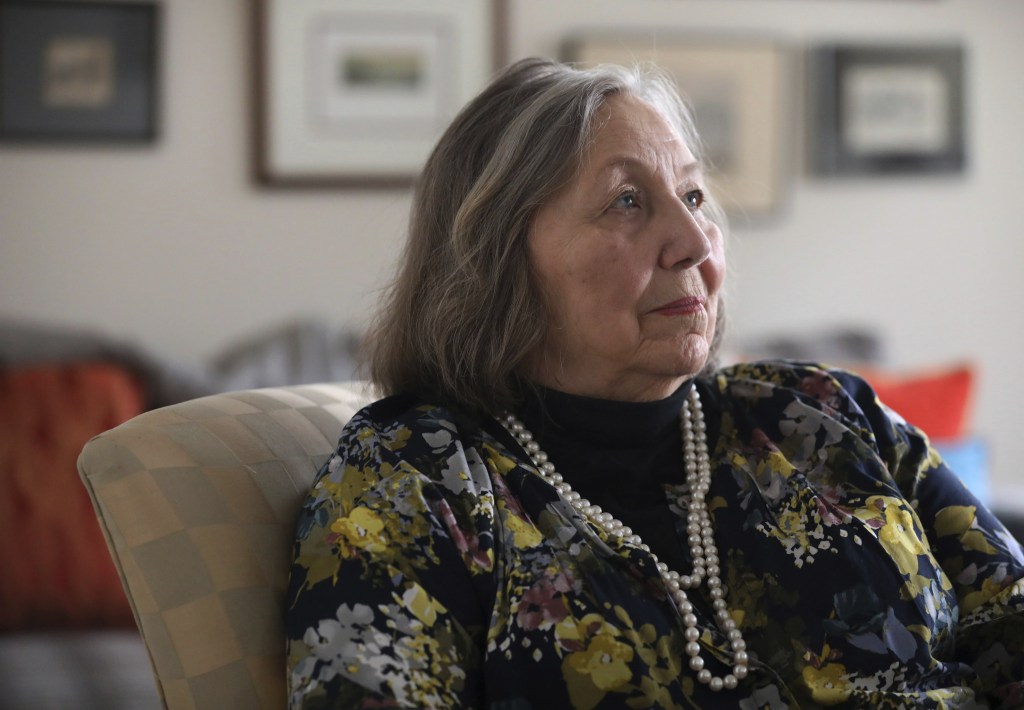
 www.chicagotribune.com
www.chicagotribune.com
This summer’s meetings mark the latest effort to pin the unsolved killings on James W. Lewis, a former Chicago resident who was convicted years ago of trying to extort $1 million from Johnson & Johnson amid a worldwide panic that arose after the victims took cyanide-laced capsules.
Investigators traveled to the Boston area this week to try to interview Lewis, multiple sources said. It was unclear Wednesday evening whether any conversations took place.

Movement in the Tylenol murders: Law enforcement seeks to persuade prosecutors to act on ‘chargeable’ case
As the 40th anniversary of the 1982 Tylenol murders approaches, investigators are working with prosecutors on a now-or-maybe-never effort to hold a longtime suspect responsible for the poisonings t…

The Tylenol murders: The story of a 40-year-old unsolved case begins with a terrifying medical mystery
A suburban police detective climbs the steps of the main Cook County criminal courthouse in hopes of ending a 40-year-old mystery. The Tylenol murders, as they are commonly known, have been his inv…
charminglane
Sea Witch
- Joined
- May 5, 2009
- Messages
- 7,875
- Reaction score
- 32,483
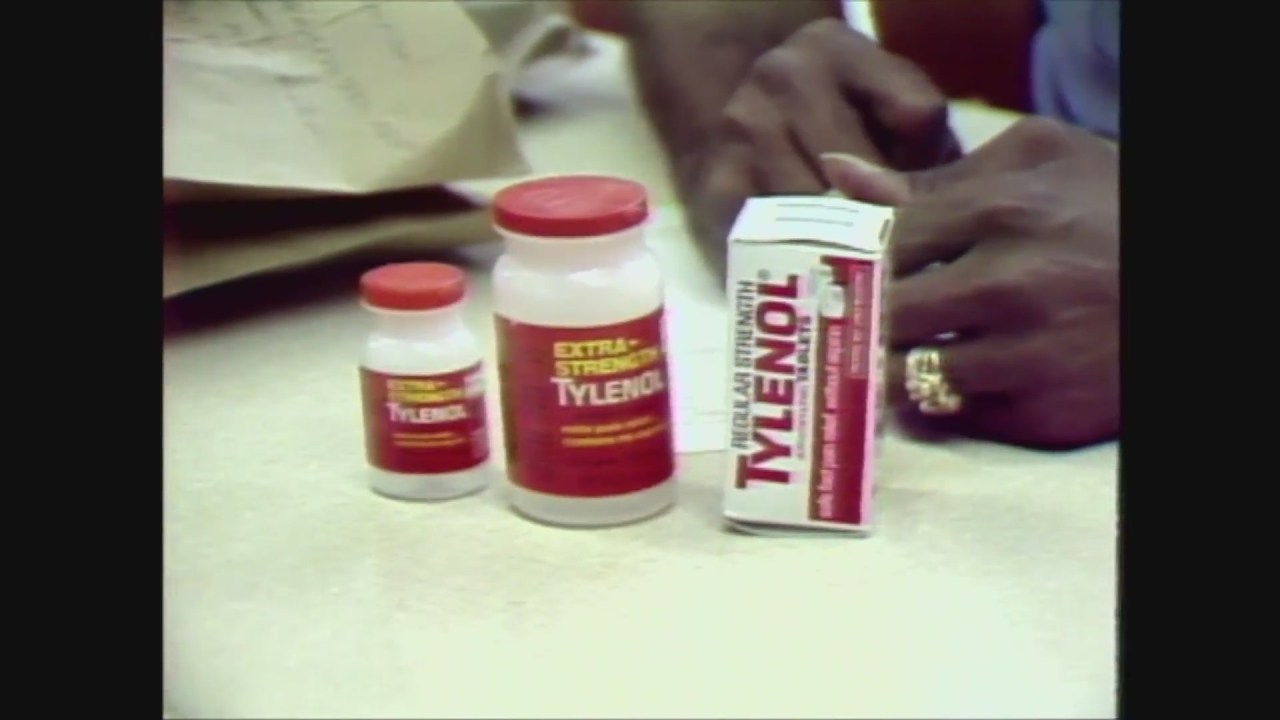
40 years after Tylenol Murders terrified nation, new information surfaces
September marks the 40th anniversary of the “Tylenol Murders” – seven Chicago-area poisoning deaths linked to tainted vials of the popular over-the-counter medicine.
weepingangel
Well-Known Member
- Joined
- May 5, 2016
- Messages
- 3,449
- Reaction score
- 21,685
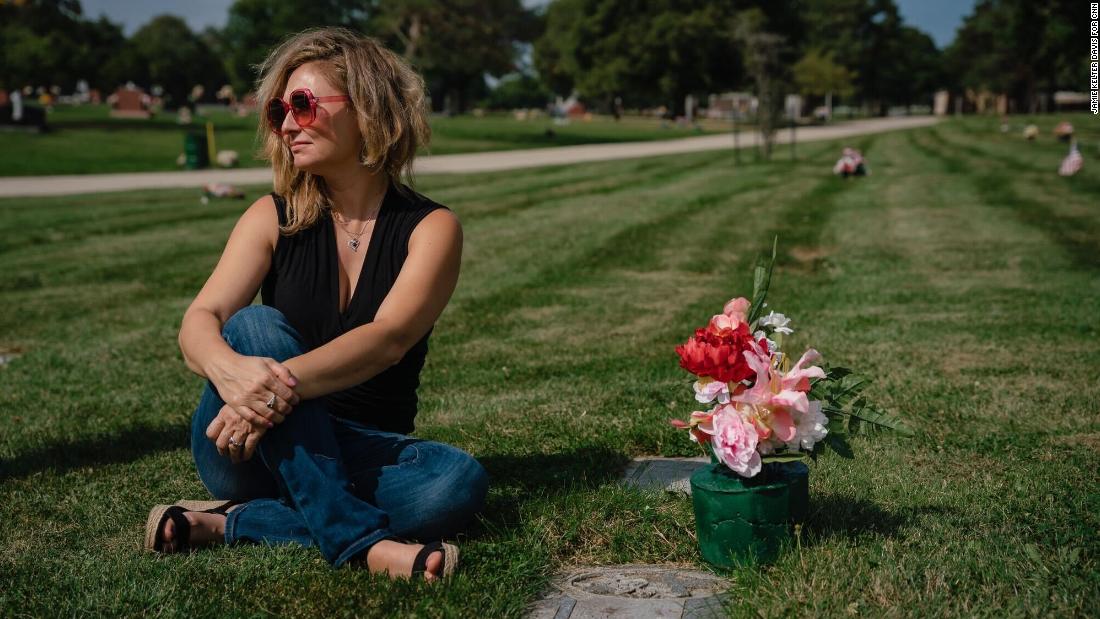
1982 Tylenol murders: A nationwide panic, a family tragedy
Her dad, aunt and uncle were killed in the notorious unsolved poisonings that terrorized Chicago. 40 years later, Kasia Janus is sharing her story.
As the 40th anniversary of the 1982 Tylenol murders approaches, investigators are working with prosecutors on a now-or-maybe-never effort to hold a longtime suspect responsible for the poisonings that killed seven people in the Chicago area, the Tribune has learned.
This summer’s meetings mark the latest effort to pin the unsolved killings on James W. Lewis, a former Chicago resident who was convicted years ago of trying to extort $1 million from Johnson & Johnson amid a worldwide panic that arose after the victims took cyanide-laced capsules.
Investigators traveled to the Boston area this week to try to interview Lewis, multiple sources said. It was unclear Wednesday evening whether any conversations took place.

Movement in the Tylenol murders: Law enforcement seeks to persuade prosecutors to act on ‘chargeable’ case
As the 40th anniversary of the 1982 Tylenol murders approaches, investigators are working with prosecutors on a now-or-maybe-never effort to hold a longtime suspect responsible for the poisonings t…www.chicagotribune.com

The Tylenol murders: The story of a 40-year-old unsolved case begins with a terrifying medical mystery
A suburban police detective climbs the steps of the main Cook County criminal courthouse in hopes of ending a 40-year-old mystery. The Tylenol murders, as they are commonly known, have been his inv…www.chicagotribune.com
So far this is an excellent series of articles. Well done with many interviews with friends, family and investigators.
It was a scary time. I think a lot of people tossed all their OTC medications that looked like they could have been tampered with. Looking back, it was very easy for someone to open these bottles and add poisonous ones, right there in the store.
It was frustrating to read how Fisher Scientific sold the batch of cyanide used in the poisonings, but kept no records on who purchased it.
Investigations quickly showed the tampering didn't take place at a manufacturing facility (the bottles with poisoned capsules were manufactured at two separate plants, in different states). It happened in the local stores. Someone came in, took bottles off the shelves, put in poisoned gel-caps, then put them back on the shelf.
From the first article
According to the sealed exhumation petition, investigators discovered nuclear and mitochondrial DNA upon testing three Extra-Strength Tylenol bottles and the capsules years after the murders. Arnold’s DNA did not match any of the genetic material, sources said.
In fact, so far, none of the forensic testing on the tainted bottles and capsules has shown a link between the poisonings and any suspect, records and sources confirmed. Sources told the Tribune several DNA profiles already had been eliminated from suspicion after testing showed they belonged to people who handled the evidence as part of the investigation.
I'm not sure why they're trying to charge James Lewis, though, because they admit his DNA doesn't match what was found on the bottles and capsules.
Last edited:
Lewis is the best suspect they have. He had a motive and there is some circumstantial evidence but nothing overwhelming. There is no forensic evidence and no explanation for how he got to Chicago and back without anyone knowing. I’m inclined to believe Lewis had nothing to do with the poisoning. He just saw a chance to get a personal enemy in trouble.
I plan to listen to the podcast. We will see if anything new turns up.
I plan to listen to the podcast. We will see if anything new turns up.
RstJ
Well-Known Member
- Joined
- Apr 7, 2021
- Messages
- 53
- Reaction score
- 326
'It was frustrating to read how Fisher Scientific sold the batch of cyanide used in the poisonings, but kept no records on who purchased it.'
"It was frustrating to read how Fisher Scientific sold the batch of cyanide used in the poisonings, but kept no records on who purchased it."
Am I missing something in the links above? I can't find this quote. This has been a subject I'm having trouble finding details on--cyanide, unlike tylenol is not sold in corner drug stores.
Does anyone know how/where the cyanide used was obtained? I'm having trouble tracking this down and it's a really important detail. Find the guy who bought this cyanide, solve the case. It probably wasn't his first visit to the store, or first mail order.
R.st.J
So far this is an excellent series of articles. Well done with many interviews with friends, family and investigators.
It was a scary time. I think a lot of people tossed all their OTC medications that looked like they could have been tampered with. Looking back, it was very easy for someone to open these bottles and add poisonous ones, right there in the store.
It was frustrating to read how Fisher Scientific sold the batch of cyanide used in the poisonings, but kept no records on who purchased it.
Investigations quickly showed the tampering didn't take place at a manufacturing facility (the bottles with poisoned capsules were manufactured at two separate plants, in different states). It happened in the local stores. Someone came in, took bottles off the shelves, put in poisoned gel-caps, then put them back on the shelf.
From the first article
I'm not sure why they're trying to charge James Lewis, though, because they admit his DNA doesn't match what was found on the bottles and capsules.
"It was frustrating to read how Fisher Scientific sold the batch of cyanide used in the poisonings, but kept no records on who purchased it."
Am I missing something in the links above? I can't find this quote. This has been a subject I'm having trouble finding details on--cyanide, unlike tylenol is not sold in corner drug stores.
Does anyone know how/where the cyanide used was obtained? I'm having trouble tracking this down and it's a really important detail. Find the guy who bought this cyanide, solve the case. It probably wasn't his first visit to the store, or first mail order.
R.st.J
That was my comment. The article mentions that police were able to determine that the company Fisher Scientific produced the cyanide, but the company didn’t keep any records on who purchased cyanide from them. At all, ever. Hence, police couldn’t trace it to anyone. I think laws were passed afterwards requiring they keep those records.'It was frustrating to read how Fisher Scientific sold the batch of cyanide used in the poisonings, but kept no records on who purchased it.'
"It was frustrating to read how Fisher Scientific sold the batch of cyanide used in the poisonings, but kept no records on who purchased it."
Am I missing something in the links above? I can't find this quote. This has been a subject I'm having trouble finding details on--cyanide, unlike tylenol is not sold in corner drug stores.
Does anyone know how/where the cyanide used was obtained? I'm having trouble tracking this down and it's a really important detail. Find the guy who bought this cyanide, solve the case. It probably wasn't his first visit to the store, or first mail order.
R.st.J
This is a link to one of a series of articles the Chicago Tribune is running about the murders and The Tylenol murders: The story of a 40-year-old unsolved case begins with a terrifying medical mystery
RstJ
Well-Known Member
- Joined
- Apr 7, 2021
- Messages
- 53
- Reaction score
- 326
According to the state police memo obtained by the Tribune, the FDA’s work traced the cyanide from the tainted capsules to Fisher Scientific, a Massachusetts-based<...>The company, however, did not keep records of where the products were shipped.
<...>
Elmhurst police Detective Herb Hogberg interviewed a chemist who had been laid off <..from where?.>. The man shrugged off his dismissal when investigators asked, saying it was the nature of the business. He already had a new job.“He didn’t fit that profile,” Hogberg said.
<...>
In an attempt to paint a more detailed portrait of the killer, the FBI turned to a relatively new technique at the time called criminal profiling, in which agents try to identify the personality and behavioral characteristics of an offender based on an analysis of the crime. <...>
But others, including Lane, found it immensely helpful and — from his perspective — ultimately accurate.
"
(from: The Tylenol murders: The story of a 40-year-old unsolved case begins with a terrifying medical mystery)
No one was ever charged or convicted of this crime so I don't know how he defined "accurate."
I think this might be a case where profiling blew it.
1978...where'd the killer get old cyanide?
R.st.J
According to the state police memo obtained by the Tribune, the FDA’s work traced the cyanide from the tainted capsules to Fisher Scientific, a Massachusetts-based<...>The company, however, did not keep records of where the products were shipped.
<...>
Elmhurst police Detective Herb Hogberg interviewed a chemist who had been laid off <..from where?.>. The man shrugged off his dismissal when investigators asked, saying it was the nature of the business. He already had a new job.“He didn’t fit that profile,” Hogberg said.
<...>
In an attempt to paint a more detailed portrait of the killer, the FBI turned to a relatively new technique at the time called criminal profiling, in which agents try to identify the personality and behavioral characteristics of an offender based on an analysis of the crime. <...>
But others, including Lane, found it immensely helpful and — from his perspective — ultimately accurate.
"
(from: The Tylenol murders: The story of a 40-year-old unsolved case begins with a terrifying medical mystery)
No one was ever charged or convicted of this crime so I don't know how he defined "accurate."
I think this might be a case where profiling blew it.
1978...where'd the killer get old cyanide?
was f
R.st.J
The handling of the investigation was impacted by some conflicts. Trying to be diplomatic. I read #4 and #5 in the series today. Very well researched and reported. Different agencies developed different suspects. I don't think they were even paying attention to the FBI profile.
Of the suspects they arrested and tried to prosecute for the actual murders, I'm not sure either one did it. I lean more in favor of the man from the western suburbs, who was an amateur chemist, who worked on the shipping docks for Jewel Company, the drug store chain that had the most poison Tylenol incidents. The guy was the only one who had the supplies and ingredients in his home to make the cyanide tainted capsules. He was a "grievance collector" kind of guy. He became angry at the bartender who tipped his name to police. In revenge he shot and killed an innocent family man who he mistook for the bartender.
The guy from Kansas City, later Chicago & NYC who sent the ransom letters was only trying to earn money or stir up trouble. They couldn't even find evidence he was in Chicago at the time. He was mentally ill and obnoxious. He did probably kill the poor man in Kansas City, but he didn't have any background in chemistry, never dabbled in it, etc.
I do hope they find the answer some day. The victims' families need justice.
The amateur chemist worked for Jewel and he worked with Mary Reinner’s father (she was one of the victims and her father was present when she died). In addition he had a airplane ticket to Thailand and he somewhat fit the FBI profile. These coincidences definitely perked the interest of Law Enforcement but nothing more concrete turned up.
Apparently his body was dug up in order to obtain his DNA to compare with the DNA found in one of the bottles. No match. This would suggest that, like Lewis, he was never ruled out entirely.
There are many commercial or industrial uses for cyanide and there would be literally thousands of people in Metro Chicago who would have had access to it. There are “hobby” uses for cyanide and obtaining a small amount would not have raised that much suspicion if the person buying it appeared to know what they were doing. I don’t know if the Potassium Cyanide that was used was appropriate for “hobby” use. Obviously, any suspect who had access to cyanide either from work or a hobby would warrant a closer look but realistically, anyone could have figured out to get the stuff without leaving a trail.
Apparently his body was dug up in order to obtain his DNA to compare with the DNA found in one of the bottles. No match. This would suggest that, like Lewis, he was never ruled out entirely.
There are many commercial or industrial uses for cyanide and there would be literally thousands of people in Metro Chicago who would have had access to it. There are “hobby” uses for cyanide and obtaining a small amount would not have raised that much suspicion if the person buying it appeared to know what they were doing. I don’t know if the Potassium Cyanide that was used was appropriate for “hobby” use. Obviously, any suspect who had access to cyanide either from work or a hobby would warrant a closer look but realistically, anyone could have figured out to get the stuff without leaving a trail.
sds71
Well-Known Member
- Joined
- Aug 13, 2013
- Messages
- 13,117
- Reaction score
- 143,365
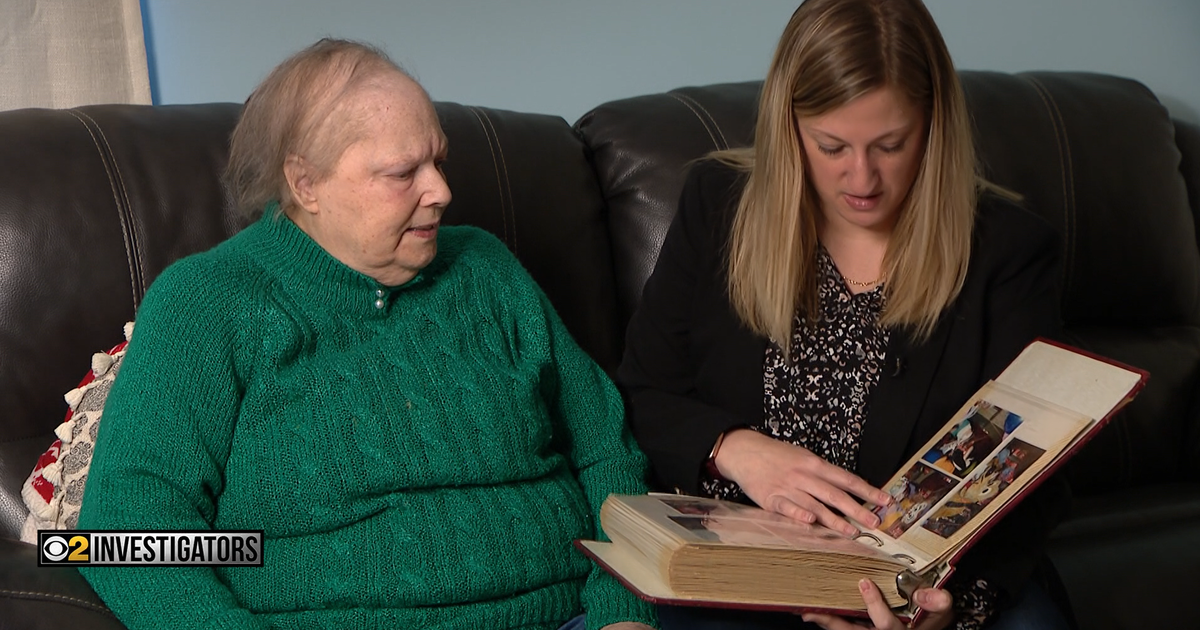
Still looking for new clues, Tylenol murder investigators order new DNA tests on key evidence
Beginning on Sept. 29, 1982, and over the next week, seven people were murdered in the Chicago area after unknowingly taking Tylenol pills that were spiked by a killer.
imstilla.grandma
Believer of Miracles
- Joined
- Jul 7, 2018
- Messages
- 30,637
- Reaction score
- 208,299
Laura Morgan was only 3 years old in 1982 when her mother, Linda Morgan, bought a bottle of Tylenol from her local grocery store to ease the pain of an aching leg.
Like several others, Linda didn't know the bottle she purchased contained pills poisoned with cyanide. But unlike the others, she survived.
"Now that I'm old enough to understand – I have a child of my own – knowing that my life could have been forever altered without my mom or dad," Laura said, "I don't know why we were spared, but we were."
But when she opened the bottle, then-35-year-old Linda sensed something was off and decided not to take the Tylenol.
"I had the bottle open. I looked at one of the capsules," Linda, now 75, told Savini in her first interview since the events. "And then I thought, no, I'll just take aspirin instead. I could have been the eighth victim."
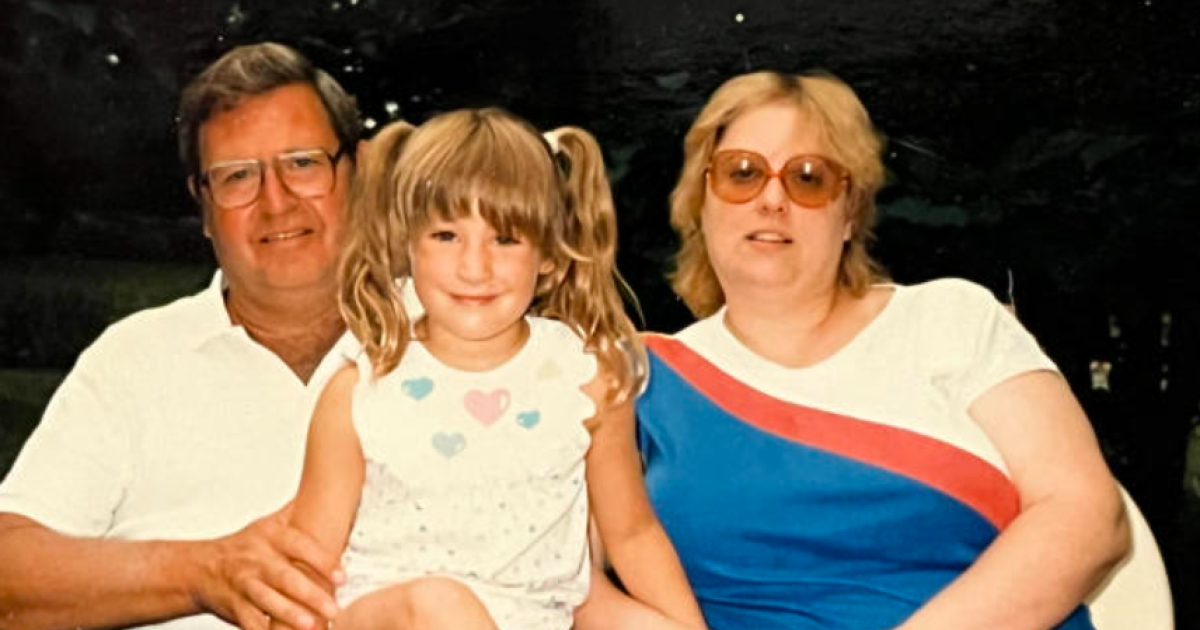
 www.ktvq.com
www.ktvq.com
Like several others, Linda didn't know the bottle she purchased contained pills poisoned with cyanide. But unlike the others, she survived.
"Now that I'm old enough to understand – I have a child of my own – knowing that my life could have been forever altered without my mom or dad," Laura said, "I don't know why we were spared, but we were."
But when she opened the bottle, then-35-year-old Linda sensed something was off and decided not to take the Tylenol.
"I had the bottle open. I looked at one of the capsules," Linda, now 75, told Savini in her first interview since the events. "And then I thought, no, I'll just take aspirin instead. I could have been the eighth victim."

40 years later, Tylenol murder investigators order new DNA tests on key evidence
Laura Morgan was only 3 years old in 1982 when her mother, Linda Morgan, bought a bottle of Tylenol from her local grocery store to ease the pain of an aching leg.
DNASolves
Online statistics
- Members online
- 66
- Guests online
- 3,600
- Total visitors
- 3,666
Totals may include hidden visitors.
